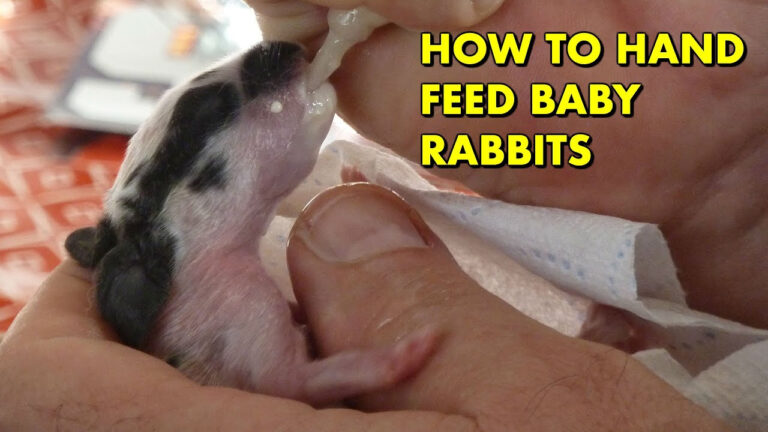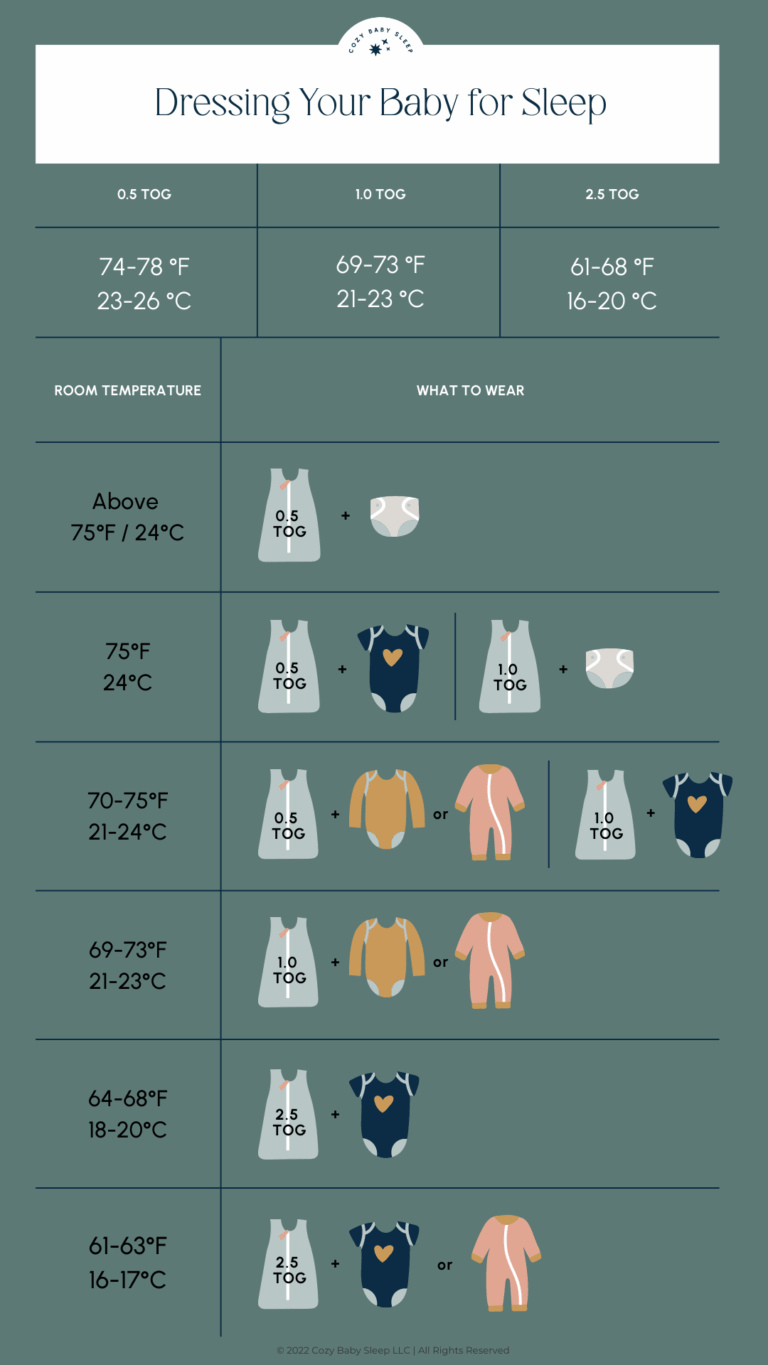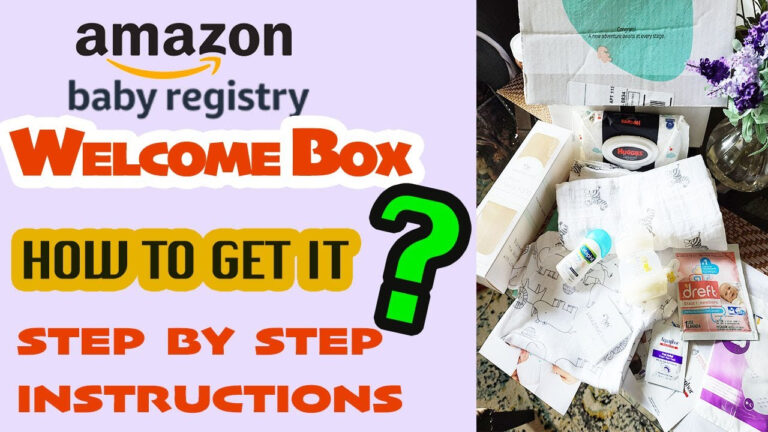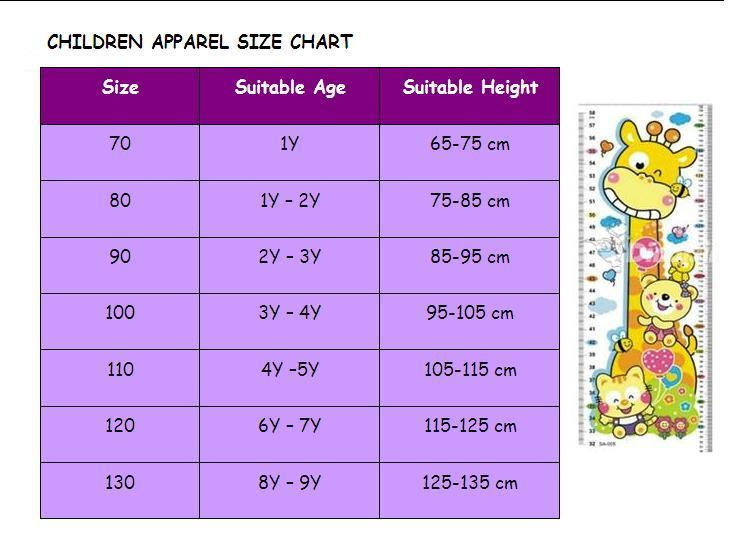Formula-Fed Baby Suddenly Refusing Bottle: A Guide for Concerned Parents
Feeding an infant should be a nurturing and fulfilling experience, but when a formula-fed baby suddenly refuses a bottle, it can be a source of worry and stress for parents. This comprehensive guide delves into the potential reasons behind this behavior, exploring both medical and non-medical factors. We will also provide practical strategies and behavioral interventions to help parents navigate this challenge and ensure their baby’s nutritional needs are met.
Understanding the developmental stage of a baby is crucial when addressing bottle refusal. As infants grow and mature, their feeding preferences may change. However, if the refusal persists or is accompanied by other symptoms, it’s essential to consult a healthcare professional to rule out any underlying medical conditions.
Understanding the Refusal
When a formula-fed baby suddenly refuses a bottle, it can be frustrating and worrying for parents. Understanding the potential reasons behind this behaviour can help you find a solution and get your baby feeding again.
There are several factors that can contribute to a baby’s sudden bottle refusal, including:
Developmental Changes
As babies grow and develop, their feeding preferences can change. They may become more interested in exploring new foods and flavours, or they may simply prefer to feed themselves. If your baby is showing signs of developmental readiness for self-feeding, such as sitting up independently and reaching for food, you may want to try offering them finger foods or a spoon.
Medical Conditions
In some cases, a baby’s bottle refusal may be due to an underlying medical condition, such as a tongue-tie or a milk allergy. If you suspect that your baby may have a medical condition, it’s important to see a doctor for diagnosis and treatment.
Bottle Flow
The flow of milk from a bottle can also affect a baby’s willingness to feed. If the flow is too slow, the baby may get frustrated and give up. If the flow is too fast, the baby may choke or spit up. Experiment with different bottles and nipples to find one that provides the right flow for your baby.
Environmental Factors
Environmental factors, such as noise or distractions, can also make a baby less likely to want to feed. Try to find a quiet and comfortable place to feed your baby, and avoid offering them a bottle when they’re tired or overstimulated.
Medical Considerations
If your baby is suddenly refusing the bottle, it’s important to consider the possibility of an underlying medical condition. Here are some of the common conditions that can lead to bottle refusal, along with their symptoms, diagnosis, and treatment options:
Ear Infection
Ear infections are a common cause of bottle refusal in babies. Symptoms of an ear infection can include ear pain, fever, irritability, and difficulty sleeping. Diagnosis is typically made by a doctor examining the baby’s ears. Treatment usually involves antibiotics.
Thrush
Thrush is a yeast infection that can occur in the baby’s mouth. Symptoms of thrush can include white or yellow patches on the baby’s tongue or inside of their cheeks, difficulty swallowing, and irritability. Diagnosis is typically made by a doctor examining the baby’s mouth. Treatment usually involves antifungal medication.
Acid Reflux
Acid reflux is a condition in which stomach acid flows back into the esophagus. Symptoms of acid reflux can include spitting up, vomiting, irritability, and difficulty sleeping. Diagnosis is typically made by a doctor taking the baby’s medical history and performing a physical examination. Treatment usually involves medication to reduce stomach acid production.
Other Medical Conditions
Other medical conditions that can lead to bottle refusal include allergies, food sensitivities, and neurological disorders. If you suspect your baby has an underlying medical condition, it’s important to seek medical attention as soon as possible.
Feeding Techniques

To increase the chances of your little one accepting the bottle again, it’s crucial to pay attention to the feeding techniques you use. Creating a calm and comfortable environment, experimenting with different bottle types and nipple flows, and adjusting your feeding position can all make a big difference.
Creating a Calm Environment
When it comes to bottle-feeding, the environment you create can have a significant impact on your baby’s acceptance. Here are some tips to make the feeding experience as peaceful and enjoyable as possible:
- Choose a quiet and comfortable spot where you and your baby can relax and focus on each other.
- Avoid distractions like loud noises or bright lights.
- Swaddle your baby or hold them close to create a sense of security and warmth.
- Talk to your baby in a soothing voice and sing or hum a gentle tune.
Experimenting with Bottle Types and Nipple Flows
Every baby has their own preferences when it comes to bottles and nipples. Experimenting with different options can help you find the combination that works best for your little one.
- Consider trying different bottle shapes and sizes. Some babies prefer narrow bottles, while others do better with wider ones.
- Nipple flow is also crucial. If the flow is too fast, your baby may get overwhelmed and refuse the bottle. If it’s too slow, they may get frustrated and give up.
- Try a few different nipple flows to find one that your baby is comfortable with.
Adjusting Feeding Positions
The position you feed your baby can also affect their acceptance of the bottle. Here are a few different positions to try:
- Cradle hold: Hold your baby in your arms with their head resting on your forearm and their body supported by your other arm.
- Football hold: Hold your baby upright against your chest, with their head tucked under your chin and their legs wrapped around your waist.
- Side-lying hold: Lie down on your side with your baby facing you. Support their head and body with your arm and use a pillow for extra support.
Dietary Modifications
When your little one is refusing the bottle, it’s time to get creative with feeding methods. Let’s explore some alternatives that might do the trick.
Cups
Cups are a great option for older babies who are starting to develop their sipping skills. Choose a cup with a soft spout and a wide base for stability. You can start by offering small amounts of formula in the cup and gradually increase the volume as your baby gets more comfortable.
Spoons
Spoons are another good choice for babies who are refusing bottles. You can use a regular teaspoon or a special feeding spoon designed for babies. Be sure to feed your baby slowly and carefully, and avoid overfeeding.
Syringes
Syringes can be used to give your baby formula if they are having difficulty sucking from a bottle or cup. Syringes are also useful for giving your baby medication.
Formula Consistency and Solids
If your baby is refusing the bottle, you may want to try modifying the consistency of their formula. You can make the formula thicker by adding more powder or thinner by adding more water. You can also try introducing solids, such as pureed fruits and vegetables, to your baby’s diet.
Behavioral Interventions
If medical causes have been ruled out, behavioral interventions can be effective in addressing bottle refusal. These strategies aim to change the child’s behavior by reinforcing positive behaviors and reducing negative ones.
Positive Reinforcement involves rewarding the child with something they enjoy, such as a toy, praise, or a special activity, when they take the bottle. This helps to create a positive association with bottle-feeding and make it more enjoyable for the child.
Extinction involves gradually reducing the attention given to the child’s refusal behavior. When the child refuses the bottle, the parent or caregiver should remain calm and avoid reacting. This helps to teach the child that their refusal behavior will not get them attention.
Specific Techniques
- Paced Bottle-Feeding: Slowly introduce the bottle to the child, allowing them to take small sips and rest in between.
- Variable Reinforcement: Reward the child with positive reinforcement only sometimes, rather than every time they take the bottle. This helps to prevent the child from becoming dependent on rewards.
- Time-Out: If the child continues to refuse the bottle, place them in a quiet, safe place for a short period (e.g., 5 minutes). This helps to teach the child that refusing the bottle will result in a loss of attention.
- Behavioral Contracts: Create a written agreement with the child outlining the expected behaviors and consequences. This helps to provide clear expectations and accountability.
Parental Concerns
It’s normal for parents to feel anxious and stressed when their baby refuses the bottle. They may worry about their child’s nutrition, hydration, and overall well-being.
Reassure parents that bottle refusal is a common issue that can be overcome with patience, consistency, and the right approach. Share strategies for coping with the challenges of feeding a resistant baby, such as:
Emotional Support
- Encourage parents to stay calm and avoid pressuring the baby to eat.
- Provide a supportive and stress-free feeding environment.
- Suggest seeking support from family, friends, or a healthcare professional if needed.
Q&A
Why is my formula-fed baby suddenly refusing a bottle?
There are several potential reasons, including developmental changes, medical conditions, feeding technique issues, or changes in formula taste or temperature.
What medical conditions can cause bottle refusal?
Underlying medical conditions such as reflux, colic, or oral thrush can lead to discomfort during feeding and cause bottle refusal.
How can I improve my bottle-feeding technique?
Ensure a comfortable feeding position, use a bottle with an appropriate nipple flow, and create a calm and relaxed feeding environment.
What are some alternative feeding methods I can try?
Alternative methods include using a cup, spoon, or syringe to feed the baby formula or introducing pureed foods.
How can I address behavioral issues related to bottle refusal?
Behavioral strategies like positive reinforcement and extinction can help encourage acceptance of the bottle and reduce resistance.





